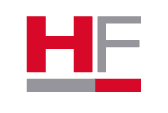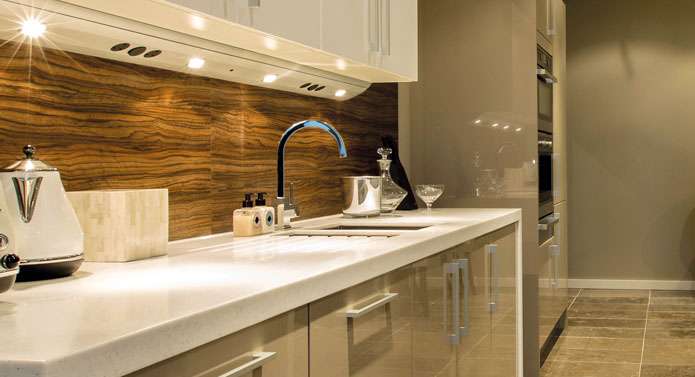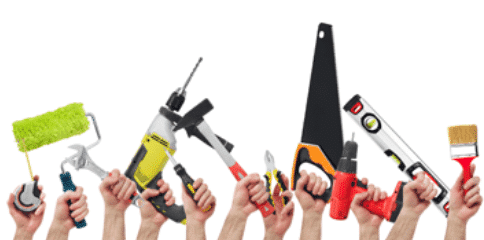Edinburgh Shelf Fitting Service
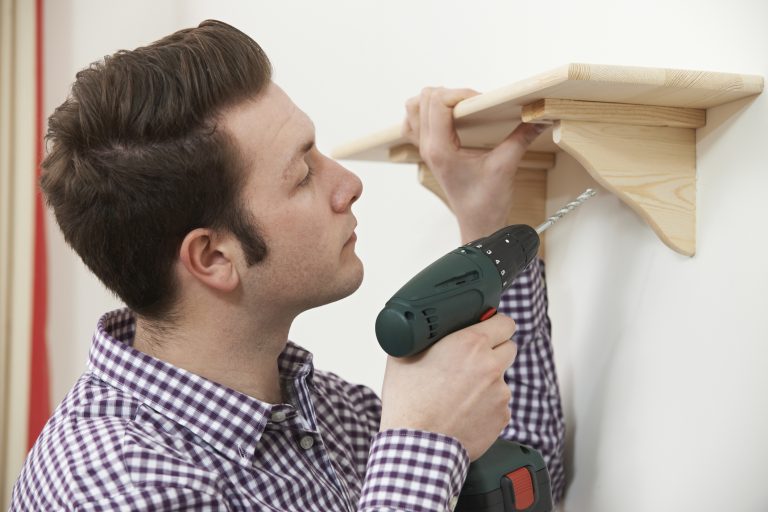
Shelf fitting service from Edinburgh HomeForce
Our shelf fitting service covers all types of shelving. Made to measure shelving in an Edinburgh Press or track shelving in a Garage. For a FREE quote and to discuss shelf fitting requirements with an Edinburgh Handyman or Joiner contact HomeForce on 0131 315 0000 or complete our tradesperson booking form.
It’s worth understanding that bespoke shelf fitting is almost always more expensive than buying & and building flat pack shelving such as this. However, when floor space doesn’t allow or a free standing shelving unit isn’t practical then our shelf fitting service is here to help.
In this article we have listed some points that you might find helpful when considering shelving options:
- Materials to be used
- Means of affixing shelves to walls (Bracket types)
- The implications for different wall types & structures
- Guidance on height and size.
We haven’t discussed in this article full custom made, built in shelving or storage systems. HomeForce joiners can also manufacture and fit this kind of shelving.
1. MATERIALS
Materials for fixed shelving will be determined by the weight and size of what is to be stored.
Pros and Con’s of some options are covered here:
Melamine or conti board
- Positives
- Inexpensive compared to wood
- Available in a variety of colours and faux or real wood-grain finishes
- Usually wipes clean with a damp cloth.
- Negatives
- Can crack and chip while cutting.
- Frequently requires glue in addition to screws and nails.
- Not very moisture resistant.
- Requires finishing edge bands to cover cut edges.
- Uses chemicals or adhesives to bond small particles together in its formation and releases some of these chemicals in the air.
Pine/wood
- Positives
- Versatile, popular and lighter than natural melamine
- Can be painted stained and varnished or treated to match decoration.
- Does not use chemicals or adhesives that release into the environment (though some treated woods release chemicals).
- Wood is easy to cut and drill, takes nails and screws well and requires no glue for assembly.
- Negatives
- Can be expensive.
HomeForce Tip: To create a very high quality looking shelf without breaking the bank use real wood work tops from IKEA. They are relatively in expensive and just the right thickness (thinner than standard work tops) for fitted shelves.
Medium-Density Fibreboard (MDF)
- Positives
- Inexpensive, durable
- Available in different thicknesses to accommodate varying loads
- Ideal for painting or staining but you should always use a water-based primer or undercoat first.
- Negatives
- Not suitable for a damp environment such as a bathroom or garage / shed
- The time taken to prepare and paint them can negate the cost saving of using other materials
- Mark easily if left unpainted / treated
- If overloaded bend out of shape over time (and cannot be re-straightened)
Glass
- Positives
- Tempered glass gives you a stylish, contemporary look
- Very strong
- Negatives
- Requires regular cleaning as smudge marks & dust show up readily
- Expensive
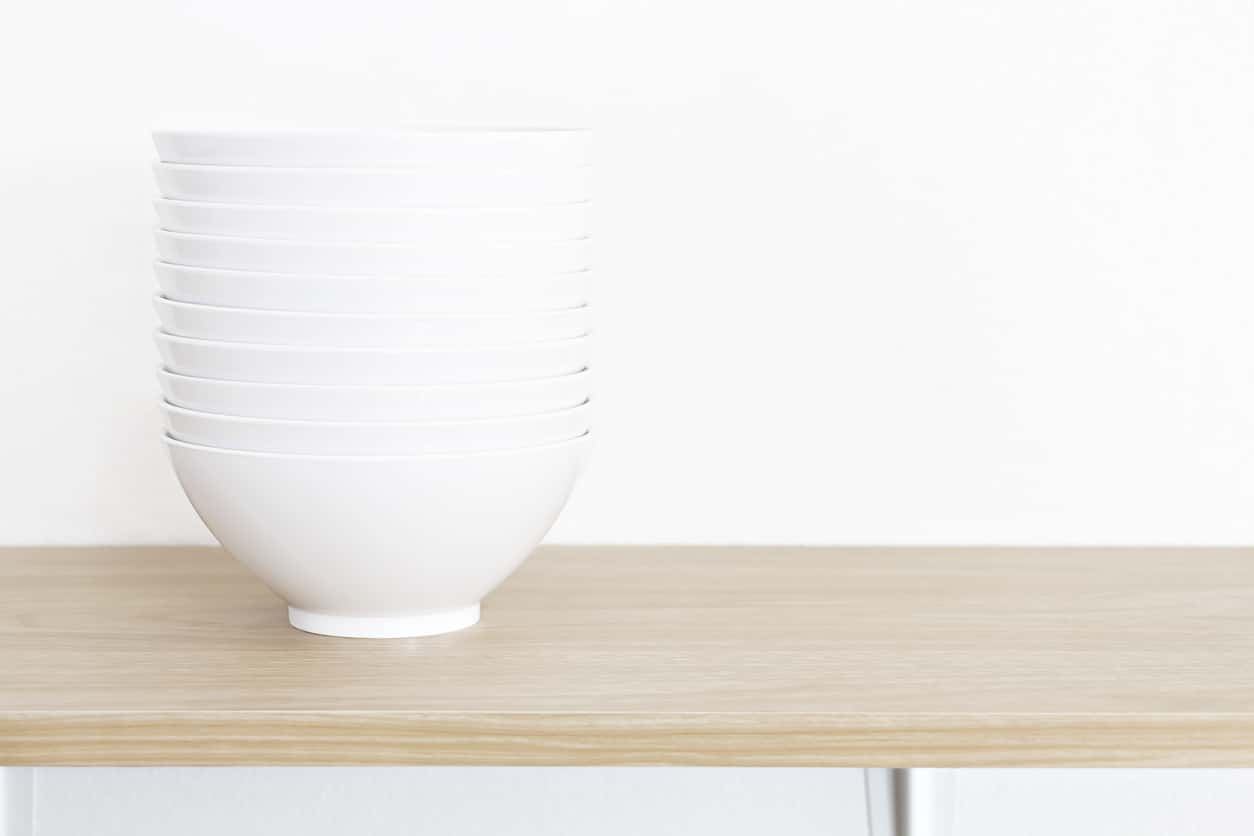

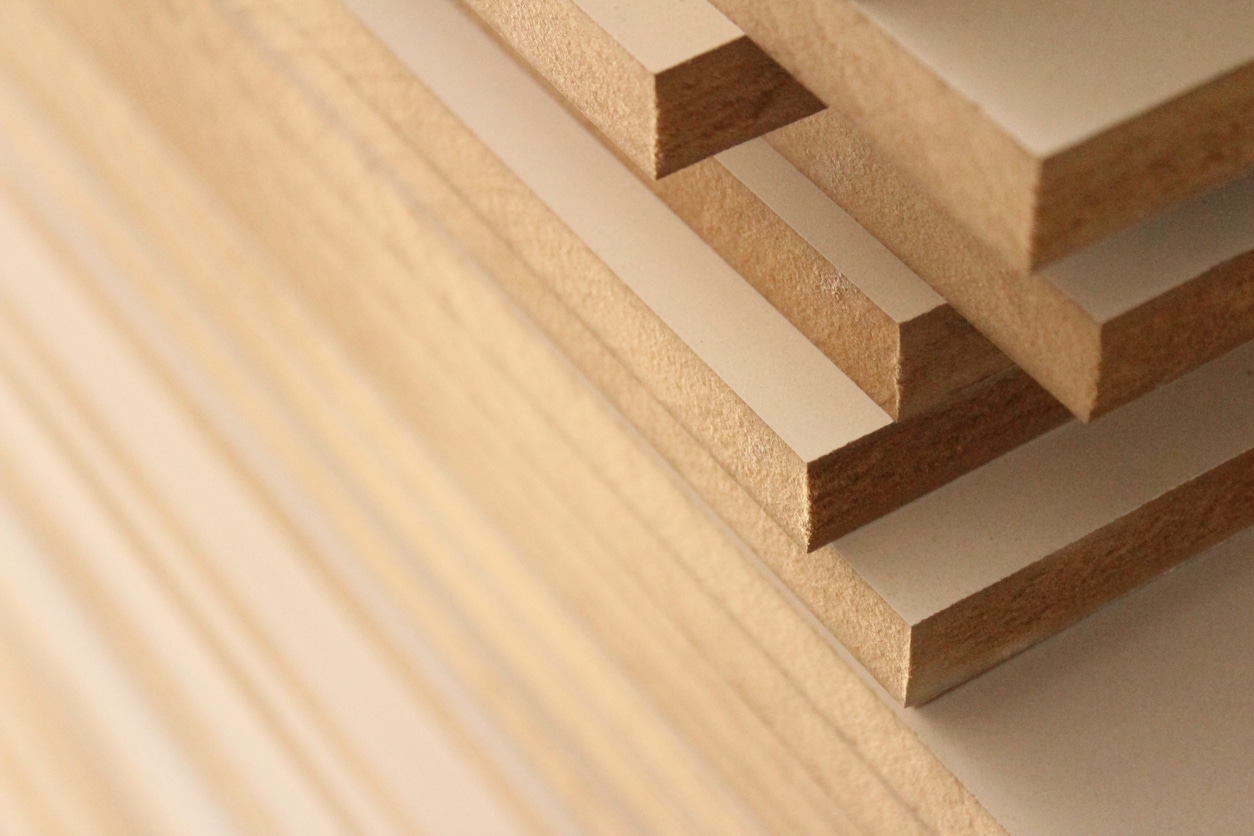
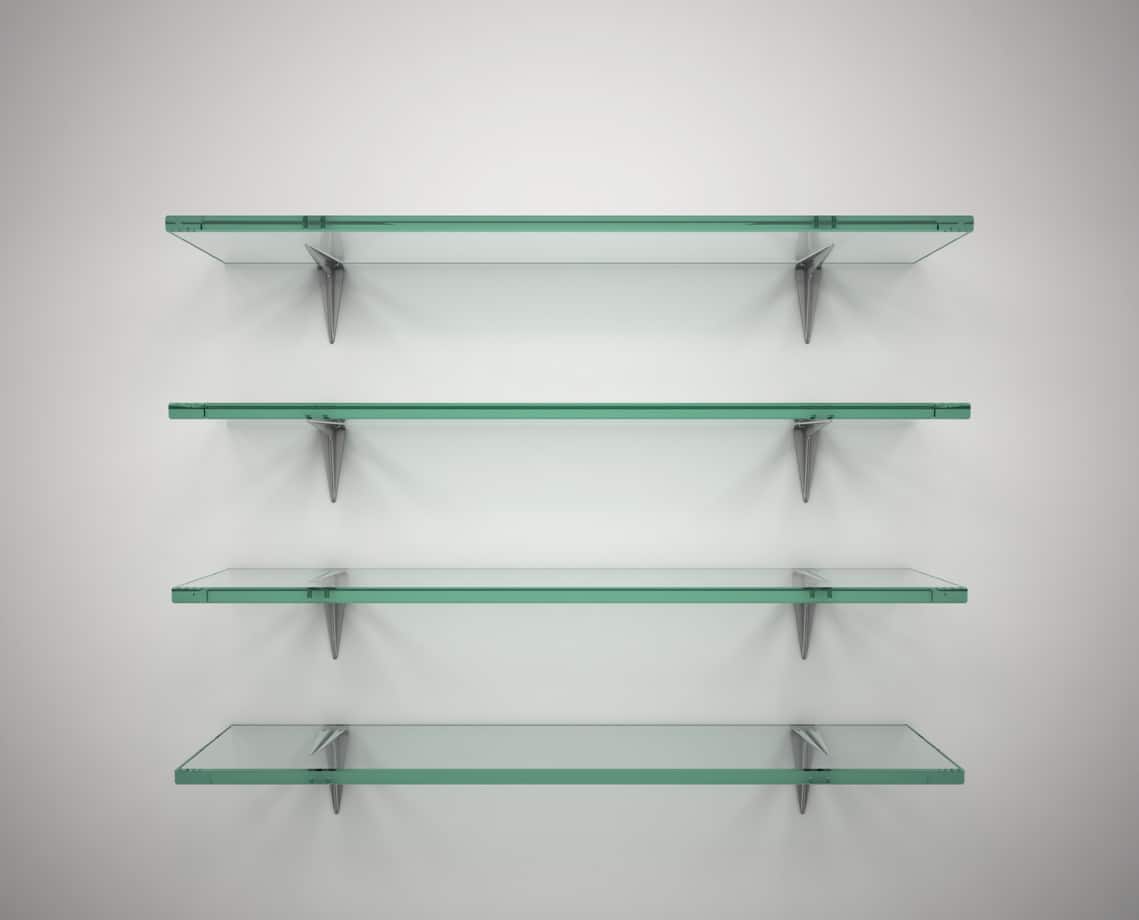
2. WALL TYPE / STRUCTURE
The strength of a a fitted shelf is determined by the strength of it’s anchor point, therefore the strength of the wall. Here are a few pointers on wall types:
Solid Brick / Plaster on Brick
- The most secure wall type to attach a shelf to is a plaster on brick (or just brick) wall.
- If you plan to store heavier items it’s best to try to identify a solid brick wall.
- Ensure a good secure fit by drilling to a depth of about 1.5 inches. A good hammer drill or even, an SDS drill will be required.
Plasterboard / Dry Lined / Cavity walls
- Plasterboard walls are also good to fit shelves on. There are many good fixings specifically developed for plasterboard.
- For extra strength and when possible position the shelf so that brackets align with a timber “stud” (i.e. upright post)
Lath and Plaster walls
- Plaster lath walls are far from ideal for supporting shelves.
- If shelves on walls of this type cannot be avoided then a pilot hole should be drilled and a screw fixed directly into the lath (the wooden strips onto which the plaster is fixed).
- It’s best to avoid putting heavy items on shelves fitted on these types of wall.
3. BRACKETS & SUPPORTS
The four most common types of shelf support systems that HomeForce handymen fit use brackets, batons, uprights or are floating shelves.
Brackets
Brackets come in a vast array of shapes, sizes and colours and can be made from wood, metal or plastic. They usually form a right angle along two edges with one edge secured to the wall and the other to the shelf.
Battens
When fitting shelves in spaces such as alcoves, cupboards or Edinburgh Presses timber battens can be used along three sides with the shelf sitting freely on top or screwed into position.
Floating shelves
Hanging or floating shelves have a metal strip with two support prongs that are fixed to the wall. The shelf slips over these prongs and is held in place by screws.
Whilst they are contemporary and modern, floating shelves can’t take too much weight. It is advisable to check the manufacturer’s instructions for load bearing capabilities.
Track Shelving / Twin slot uprights
Two metal uprights are fixed to the wall parallel to each other. Brackets are then fitted to the uprights and the shelves (usually conti board) laid on the brackets.
These offer a very flexible shelving solution. They are ideal if you may need to increase (or decrease) the space between shelves in the future without the need to completely refit the shelves.
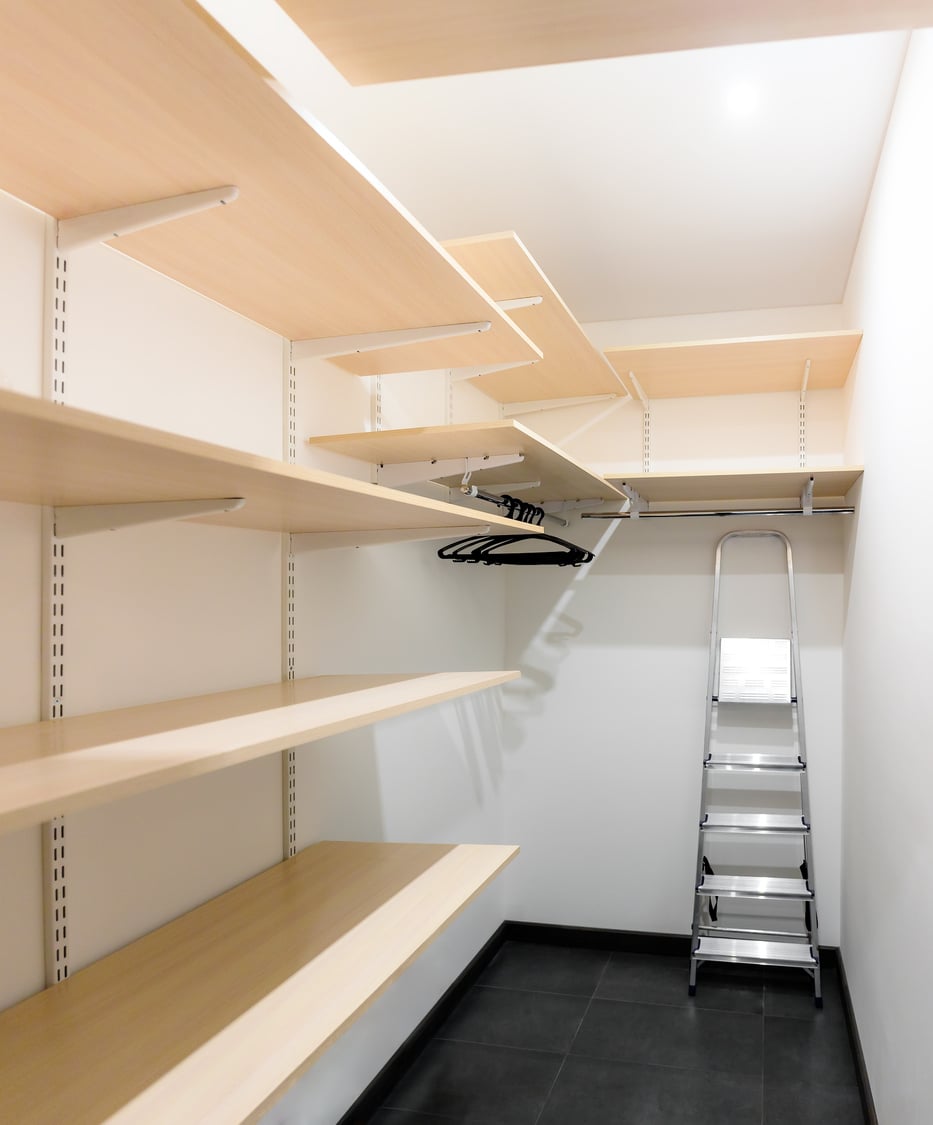
4. TIPS FOR CHOOSING THE RIGHT SIZE AND HEIGHT
- Allow 3cm to 5cm space above books so you can easily pull them out.
- For accessibility, a top shelf should be no higher than 180cm.
- Shelves should be 30cm deep to fit larger books and 20cm for paperbacks, CDs and DVDs. Leave 25cm to 30cm between each shelf.
- Hardback books are heavy, so need sturdy shelves. Slim shelves are only suitable for lighter paperbacks and ornaments.
It is a little dramatic to say that shelves can change your life but there is certainly a sense of relief when able to de-clutter and organise your stuff onto shelves.
To discuss your shelving requirements we can arrange for one of our professional Edinburgh handymen (Or Joiners) to visit you. Costs are from as little as £50 per hour with no VAT to add.
Book a reliable HomeForce handyman
- Complete our Tradesperson Booking Form
- Tel: – 0131 315 0000
- Email: – info@homeforce.co.uk

